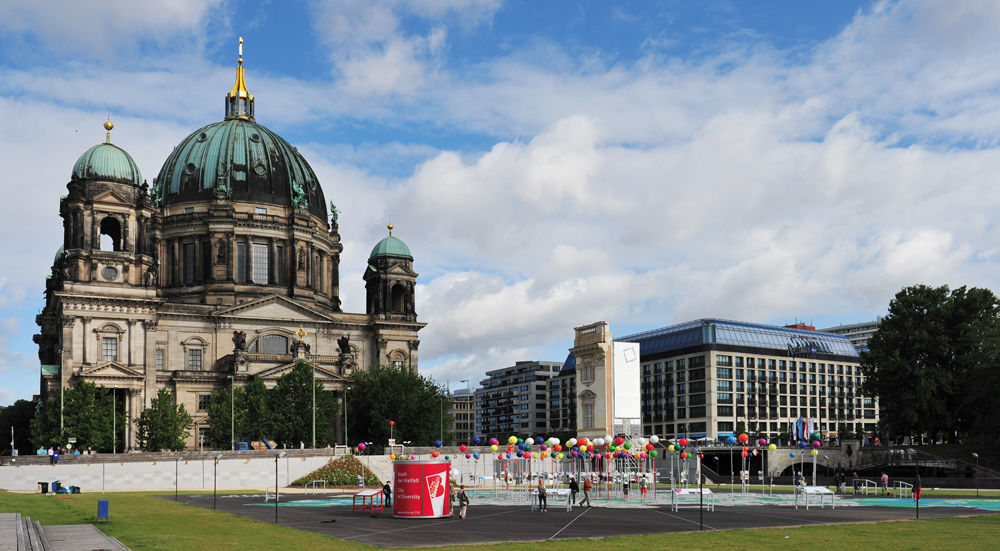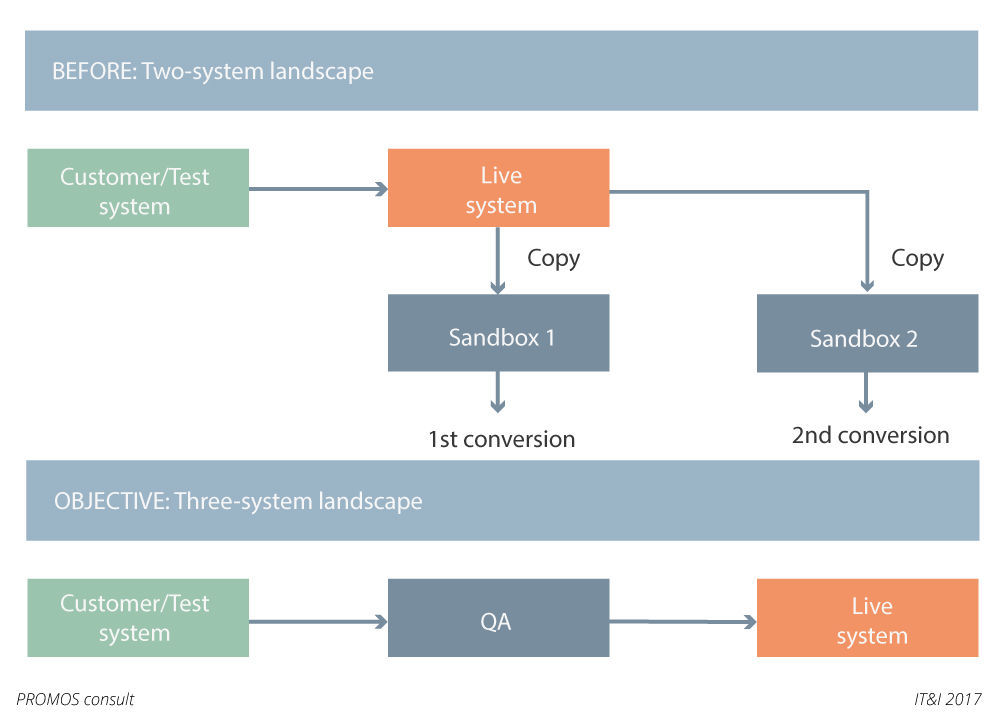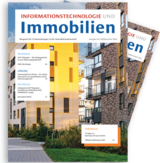Systematic migration

IT&I: Mr Kropp, SAP presented its new ERP S/4 HANA® to the public in 2015. You have now transferred your entire SAP® landscape to the new system together with PROMOS consult. What were the key reasons for this decision?
Heiko Kropp: We view S/4 HANA® as an important enhancement of the SAP product portfolio that represents a significant leap in efficiency. As well as the shorter execution times and smaller data volumes, it is the new functions above all that are an excellent match for our existing tasks. The new accounting applications, for example as part of the Fiori applications, will significantly ease the workload for administering our asset and property management in the future.
IT&I: Where else do you see benefits from implementing SAP S/4 HANA®?
Kropp: It starts with the Fiori interface, which corresponds much more closely to what users are currently familiar with thanks to its browser-based design. Many functions are now pooled in apps – a logical step given the increasing mobile Internet use. In accounting, we can create and analyse individual items and the balance sheet much faster. This is also thanks to the avoidance of individual tables in S/4 HANA®. Now Controlling has one central table to work with. The data volume is significantly reduced and the system is more clearly laid out.
IT&I: You commissioned the IT consulting agency PROMOS consult with the transfer. How was the collaboration organised?
Kropp: We have been working with PROMOS for many years. The positive experiences when integrating the ERP system of Liegenschaftsfonds Berlin, with whom we merged in 2015, and its more than 13,000 plots of land played a key role in the preparation. PROMOS supports us at regular intervals with updates for our system, as provided by SAP in the form of enhancement packages (i.e. cumulative system extensions). However, instead of making small updates, we wanted to use the opportunity to implement the latest ERP version of S/4 HANA®. In this context, we also installed new hardware. With a company of our size and the extent of our IT-based tasks, such complex system conversions are not just sensible, but also necessary. We could have taken comfort in the fact that the previous version, SAP® ERP 6.0 will continue to run with regular updates until 2025. However, in our business, and given that we are responsible for the federal state of Berlin, we cannot let any chance to increase efficiency pass us by. And, speaking of efficiency, at no point were we worried about losing functions and data or experiencing complications with the new operating system.
IT&I: What made you feel so secure? Aren’t system failures, functional errors and lost data often considered unavoidable with extensive updates?
Kropp: Of course there are occasionally bugs when implementing a new ERP system. But PROMOS was able to remove all the faults in advance by running the system in a test area parallel to ongoing operation. In this way, we were able to localise and resolve all the errors that occurred over the course of 14 days. This was all done without impacting the live work processes – only we, the system management team, were involved in this process together with PROMOS. Once this phase was complete, a complete copy was transferred to a second system landscape as a backup. Thus, in addition to the current live new ERP, we also have two other backup systems for continuous quality assessment. The departments planned predefined testing periods for each individual migration step with an appropriate number of tests. Only once these periods were complete did we progress to the next step in accordance with the guide. We can therefore say that we really didn’t leave anything to chance.
IT&I: What does this mean for future updates?
Kropp: We can now guarantee seamless transfer of data and functions. In everyday working life, this means no interruptions, as the “playground” for system use is now located in the testing area. This also applies to the actual transfer to the live area. PROMOS completed this step over one weekend, and we performed the implementation on the individual workstations ourselves.
IT&I: What did the project sequence look like in terms of timings?
Kropp: We found it very useful to set out in advance the entire conversion process from the database export to go-live. We did this using a guide. Only four months passed from the test phase until the system went live. As I already mentioned, the work was performed in the background, meaning my colleagues in operations didn’t even notice. First, our database was exported and then imported to the test system. During a stabilisation phase lasting several weeks, which took place at the start of the go-live period, we and our employees had the chance to get used to the new functions and interfaces with support from PROMOS.

Figure 1: Migration sequence from a two-system landscape to a three-system landscape.
 Figure 1: Migration sequence from a two-system landscape to a three-system landscape. |
IT&I: What role did the documentation of data play?
Kropp: When it comes to our internal controlling and external audit, seamless data documentation is essential. In the case of system migrations, it must be clear in the individual case when which items were posted and transferred to the new system, for example. PROMOS provided valuable help with this.
IT&I: How do you collaborate with PROMOS outside of major projects like system conversions?
Kropp: The conversion to S/4 HANA® was the second major system migration that we implemented with PROMOS. In 2006, we decided to convert our ERP to SAP®. Here, PROMOS’ focus on SAP products of course came in useful. For our daily business, we use various solutions from the PROMOS.GT solution library. We also received the latest version of the PROMOS software, which is compatible with S/4 HANA®, as part of the maintenance service for these real-estate management solutions.
redaktion@openpromos.de


